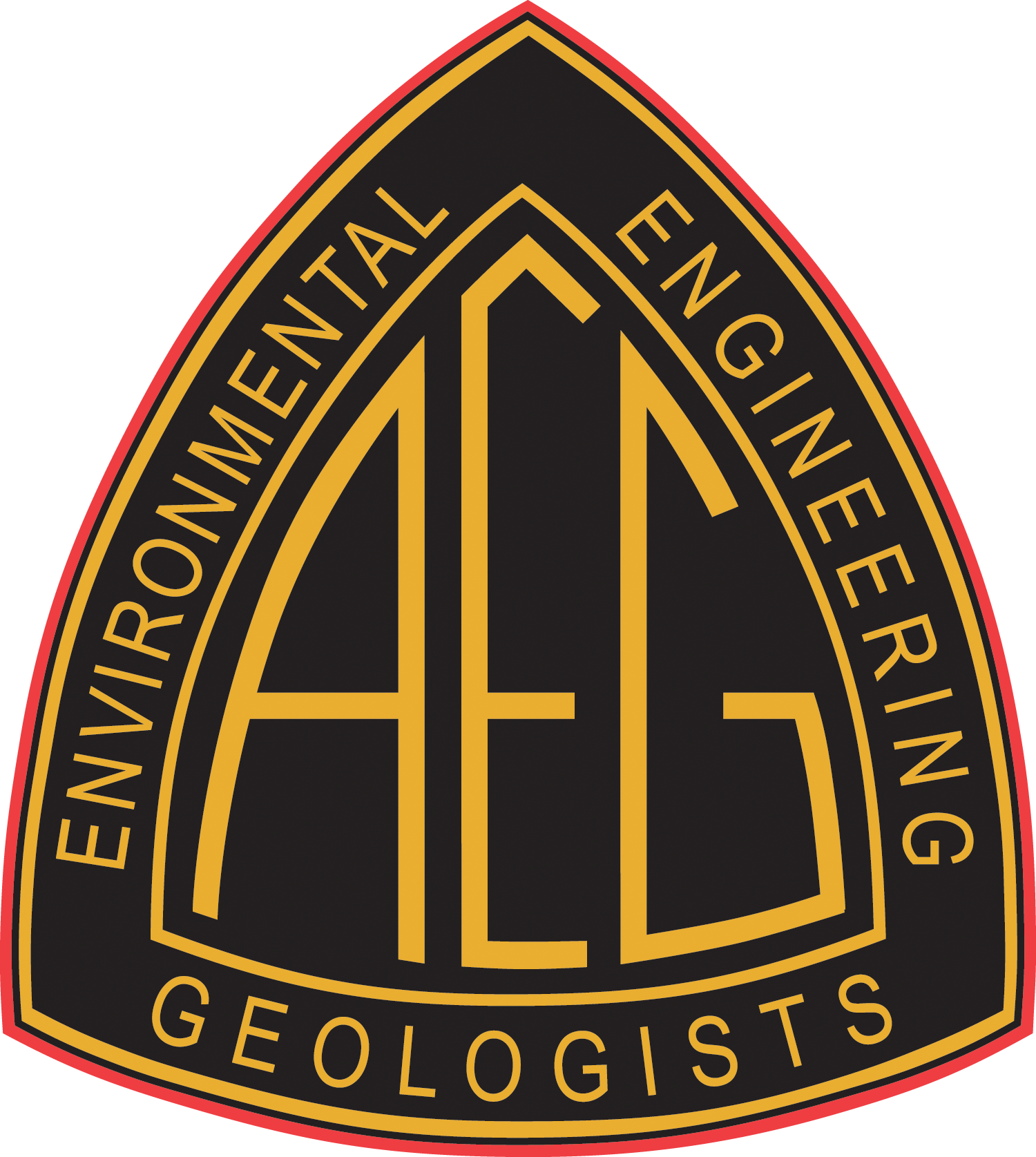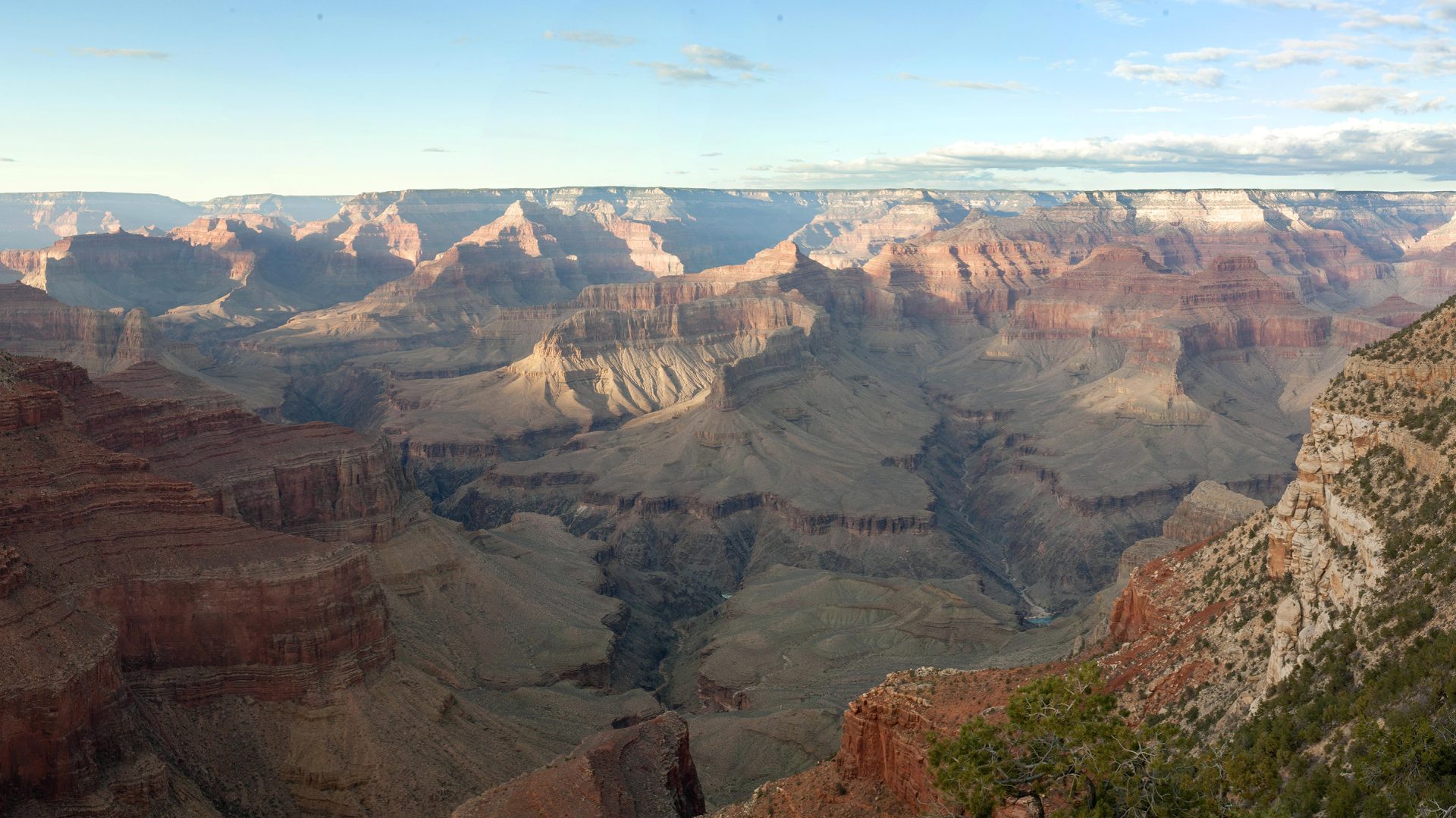February 25, 2021: Dr. Steve Reynolds, Virtual Meeting
Mesozoic evolution of western Arizona and southeastern California
Abstract: Western Arizona occupies key segment of the North American cordillera. It represents the transition between subduction-related magmatism to the southwest with the stable continental platform to the northeast. Exploratory geologic mapping of mountain ranges in western Arizona led to the discovery of a key sequence of early Mesozoic rocks that record the arc-platform transition in space and time. The sequence correlates with well-known Mesozoic units on the Colorado Plateau, as verified by detrital zircon geochronology. It also records a previously unknown early Mesozoic uplift event. The Mesozoic rocks, along with underlying Paleozoic units, are spectacularly deformed by overturned folds and ductile thrust faults of the Maria Fold and Thrust Belt.
Biography:
Reynolds is a professor in the School of Earth and Space Exploration at Arizona State University, where he has taught Physical Geology, Structural Geology, Advanced Field Geology, Orogenic Systems, Cordilleran Regional Geology, Teaching Methods in the Geosciences, and others. He helped establish the ASU Center for Research on Education in Science, Mathematics, Engineering, and Technology (CRESMET) and was president of the Arizona Geological Society. He has authored or edited more than 200 geologic maps, articles, and reports, including the 866-page “Geologic Evolution of Arizona.” He has authored three innovative textbooks for introductory college geoscience courses: “Exploring Geology,” “Exploring Earth Science,” and “Exploring Physical Geography.” He also coauthored “Structural Geology of Rocks and Regions,” a widely used structural geology textbook and “Observing and Interpreting Geology, a Laboratory Manual for Physical Geology.” His current geologic research focuses on structure, tectonics, stratigraphy, detrital-zircon provenance studies, and mineral deposits of the Southwest, including northern Mexico. For nearly 20 years, he has done science-education research on student learning in college geology courses, especially the role of visualization. He was the first geologist with his own eye-tracking laboratory, where he and his students have researched student learning, demonstrating that students learn more when using materials with integrated text and figures compared to material in traditional textbooks. Steve is known for innovative teaching methods, has received numerous teaching awards, and has an award-winning website. He was a National Association of Geoscience Teachers (NAGT) distinguished speaker, and he travels across the country presenting talks and workshops on how to infuse active learning and inquiry into large introductory geoscience classes. He is commonly an invited speaker to national workshops and symposia on active learning, visualization, and teaching methods in college geoscience courses. He has been a long-time industry consultant in mineral, energy, and water resources and environmental issues, and has received outstanding alumni awards from UTEP and the University of Arizona.
President’s Professor Steve Reynolds’s body of work on the geology of Arizona and surrounding regions of the North American Cordillera is, put simply, unmatched—encompassing his graduate work at UA, his years with the Arizona Geological Survey, and his tenure as a revered faculty member here at Arizona State University. In addition to numerous published papers, reports, and geologic maps, Steve’s ubiquitous products on Arizona geology include the widely cited volume Geologic Evolution of Arizona and the State Geological Map of Arizona. Arizona geology also flavors the many innovative geoscience textbooks and lab manuals Steve has authored. His research spans tectonics, structural geology, stratigraphy, geochronology, groundwater and environmental geology, mineral deposits, and geoscience education. Steve has shared his incredible expertise in the field and in the classroom with generations of ASU Geological Science and SESE students (and colleagues!) and has mentored many successful MS and PhD students. -Dr. Steve Semken
More resources: http://reynolds.asu.edu/

